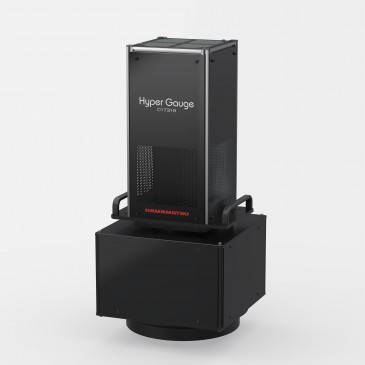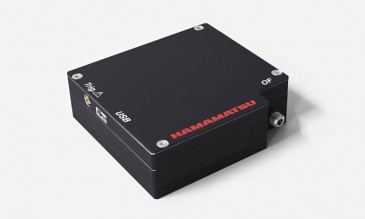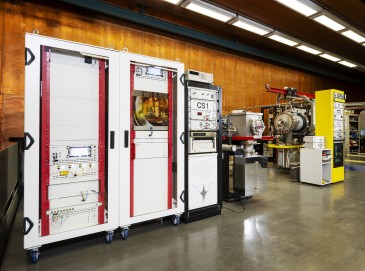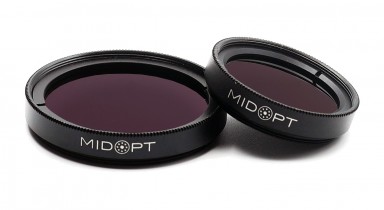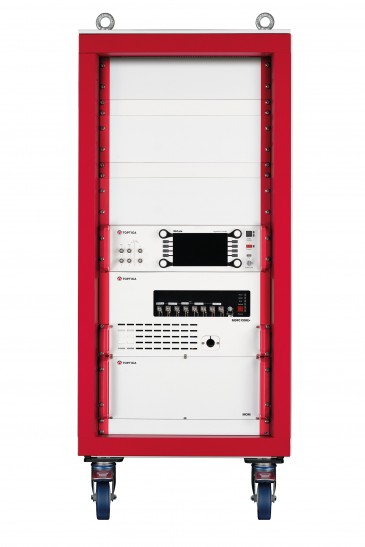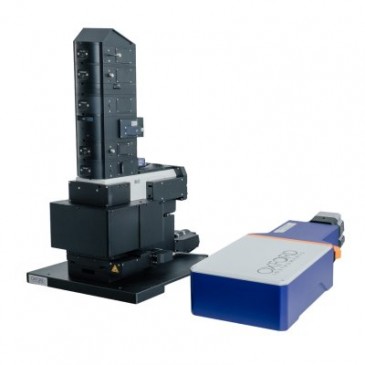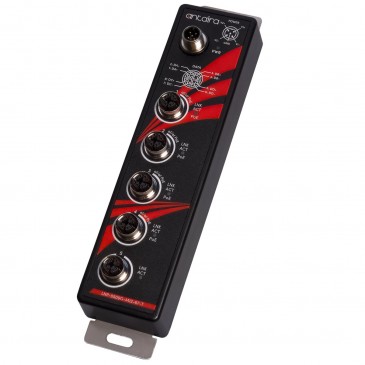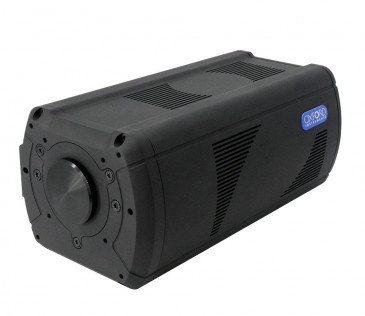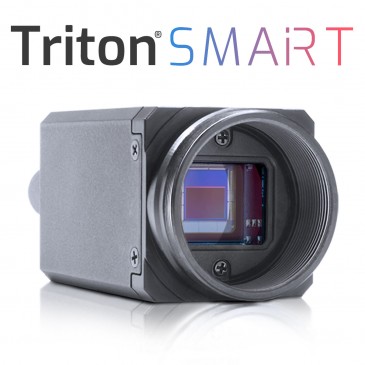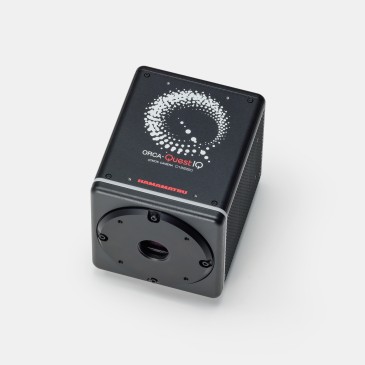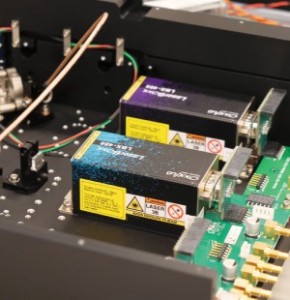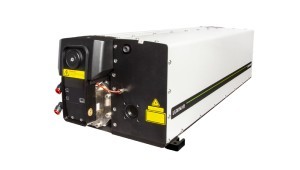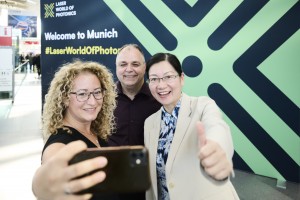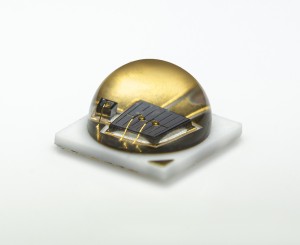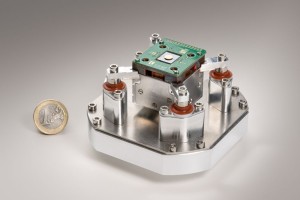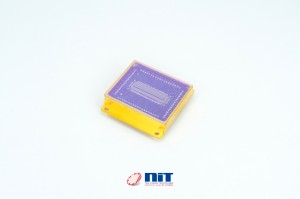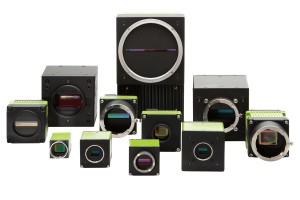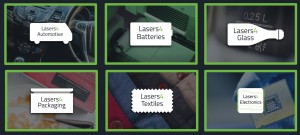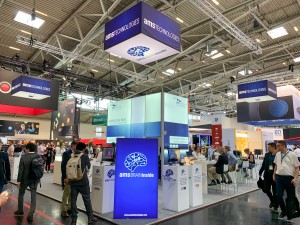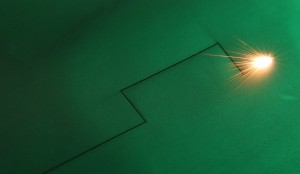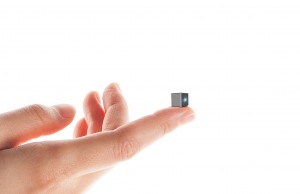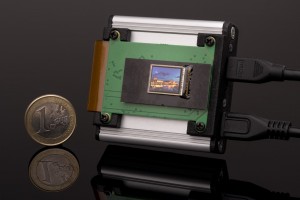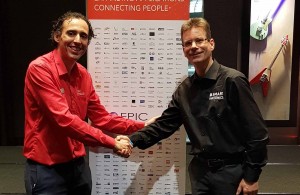
In this interview, Jose Pozo, EPIC's CTO talks to Johan Feenstra, co-inventor of electrowetting displays, author of more than 60 peer-reviewed papers and CEO of SMART Photonics.
Early research
After graduating with an MSc in physics from the University of Groningen in 1992, Johan studied a PhD in Solid State Physics on the mm-wave properties of high temperature superconductors. This was followed by a period of Post-doc research in the US at the University of Maryland, where he supervised 6 PhD students working on microwave microscopy.
But for Johan, what stands out about his early research experience is not so much the science but the challenge of having to grow something from nothing as especially his PhD research environment required Johan to set up research groups from scratch.
Although he didn't recognize it at the time, he now recognises that: "the experience gained from having to be creative, to mentor and tutor researchers, to build teams and ensure the effective use of recourses taught me a lot about myself and has since been invaluable in the development of my career".
Philips Research
In 1999, Johan returned to the Netherlands and began working as a Senior Scientist for Philips Research in Eindhoven. At that time, researchers had a choice of research topic and as Johan was looking for something new, he chose the area he knew least about - electrowetting.
Electrowetting is the modification of the wetting properties of a surface (which is typically hydrophobic) with an applied electric field. Basically, the application of a small voltage to certain liquids changes their surface tension making it possible to change the liquid's shape and move it from one position to another.
Philips was working on a health care application at the time and Johan and his co-researchers were asked to come up with new, out-of-the-box ideas for electrowetting. This led to two main projects: switchable lenses derived from the ability to change the shape of the interface and thus the strength of the lens, and electrowetting displays. These displays consist of two or more layers of coloured oil and by applying a low voltage, the oil can be made to spread or contract and the pixels in each layer can be switched on or off, forming various combinations. Since the displays are voltage driven, they are highly energy efficient (100 times less consuming than LED billboards).
Liquavista
In the mid-2000s, Philips decided to move out the display sector and in 2005, Johan and a colleague were given the opportunity to set up a new company, Liquavista to continue to develop and market electrowetting technology.
By 2006 they had secured external investment and had 12 employees and four years later, after having generated a lot of interest in their breakthrough technology, Liquavista was bought out by Samsung who were interested in acquiring the electrowetting display technology for their e-readers, mobile phones, media players and other mobile devices. It took over a year to negotiate the deal after which Samsung asked Johan to become the new CEO of the new company. In 2013, Liquavista (“Samsung Netherlands Research Center”) was once again acquired, this time by Amazon who wanted to develop a new range of displays for their mobile devices and appointed Johan as Executive Director of the new company.
For Johan, these two acquisitions by Korean and US giants reinforced two principles underlying the development of start-ups: First, both Samsung and Amazon recognized the value of keeping Liquavista in the Eindhoven area in order to take advantage of the ecosystem in terms of talent, education, supply chain and experience in the field of displays. Second, having the backing of a large company enabled Liquavista to negotiate and behave like one, which really helped to build up business, e.g. from a workforce of around 35 in 2010 to almost 100 in 2016 with a supply chain in Asia, which would never have happened without the acquisitions.
SMART Photonics
After the Amazon takeover of Liquavista, with his new position as Executive Director, Johan also spend some time mentoring startups on IP, partners/customer positioning etc. In 2017, he became a member of the advisory board of SMART Photonics a company headquartered in Eindhoven focused on the manufacture of photonic integrated circuits (PICs) and other photonic components based on indium phosphide.
SMART Photonics' business model is based on three main pillars:
1. A pure-play foundry offering production services for indium phosphide based photonic components. The PICs are fabricated to customer designs, the IP stays with the customer and costs are reduced by using one expensive infrastructure for multiple customers.
2. Generic integration, i.e. the production of PICs based on predefined building blocks that can be put together like Lego to create complex circuits. This provides a stable and reproducible performance and customers can be provided with PDKs (process design kits), which contain the layout and functional descriptions of the basic building blocks.
3. An open-access foundry service: an important advantage of generic integration processes is that designs from different customers can be combined on a single wafer, a so called Multi-Project Wafer (MPW). This makes prototyping much cheaper because costs can be shared between many users and scaling up to larger volumes is relatively straightforward, because the prototype has been developed in a standardized industrial process.
In January 2019, Johan was appointed CEO of the company with the task of transforming SMART Photonics from an R&D operation to a more manufacturing focused company based on operational excellence.
This new phase in the company development comes in anticipation of the inevitable increase in demand for indium phosphide based PICs and also as a result of SMART Photonics' participation in the recently launched InPulse project. Under this €14m EU funded program, as one of the 16 partners, SMART Photonics will give new-entrant companies access to their foundry services with the aim of enabling innovators to quickly develop products, thereby accelerating the maturity of the photonics ecosystem in Europe.
Furthermore, to support their scaling up program, SMART Photonics has recently negotiated a loan of €3.75m from Photon Delta (a public/private tech hub) specifically to improve and expand its technology platform and scale up the production of photonic integrated circuits.
For Johan, the InPulse project and Photon Delta will enable a real development in the Netherlands photonics ecosystem with a fully covered value chain of design houses, customers, fabrication and packaging all in the same country. As Johan says, "It's fantastic for us to be playing such a key role in this ecosystem but it's also very humbling because we know we have to deliver on our promises".
What would you have done differently?
Johan sometimes thinks he stayed too long in research at Philips and that maybe he should have made the move into startups earlier. On the other hand, working at Philips gave him a good education and Liquavista was able to grow in a protected environment inside Philips for 1 year until becoming fully independent in 2006.
Words of wisdom for budding entrepreneurs
"First, it's true what they say about being lonely at the top and it's important to get the right people around you so you can interact at the right level with the right content. You need people to bounce ideas off and you also need to get yourself a good mentor. I became a CEO with little or no experience and hooked up with a mentor quite late in my career and in a way, I wish I had had one earlier".
"Second. Use and adapt what's already there: don't try to re-invent the wheel".
"Third, as Jeff Bezos once said, what you'll regret is not the choices you made, it's the choices you didn’t make. If you make a wrong decision you can correct it later on but if you see an opportunity and don’t seize the moment, it can be lost forever".
Written by Jose Pozo, Director of Technology and Innovation, EPIC

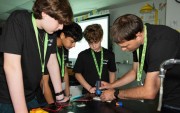


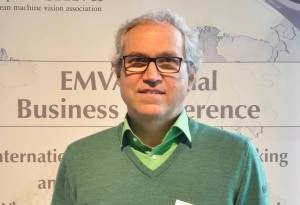
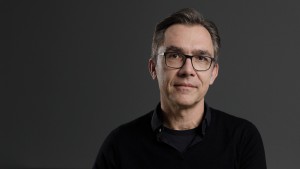
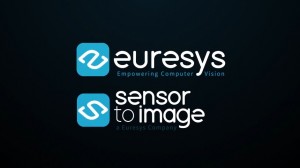


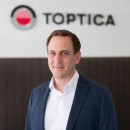
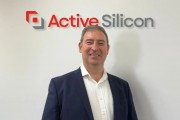


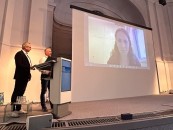
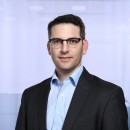
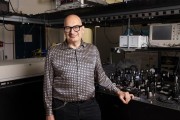
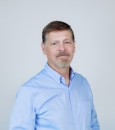


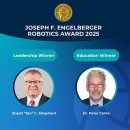

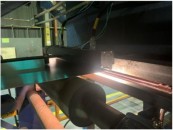

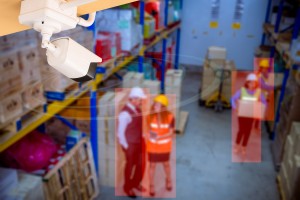


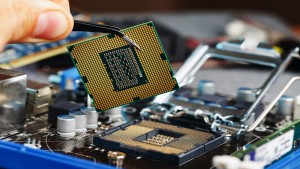
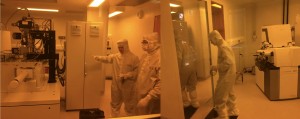
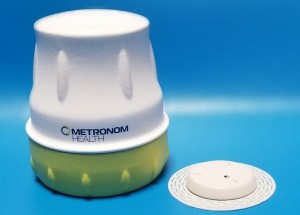


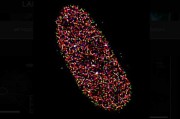
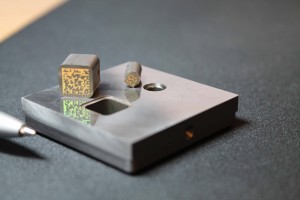

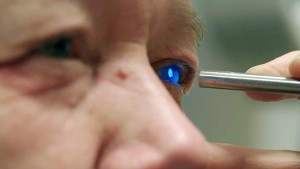
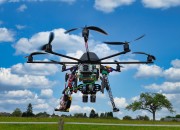
 Back to Features
Back to Features